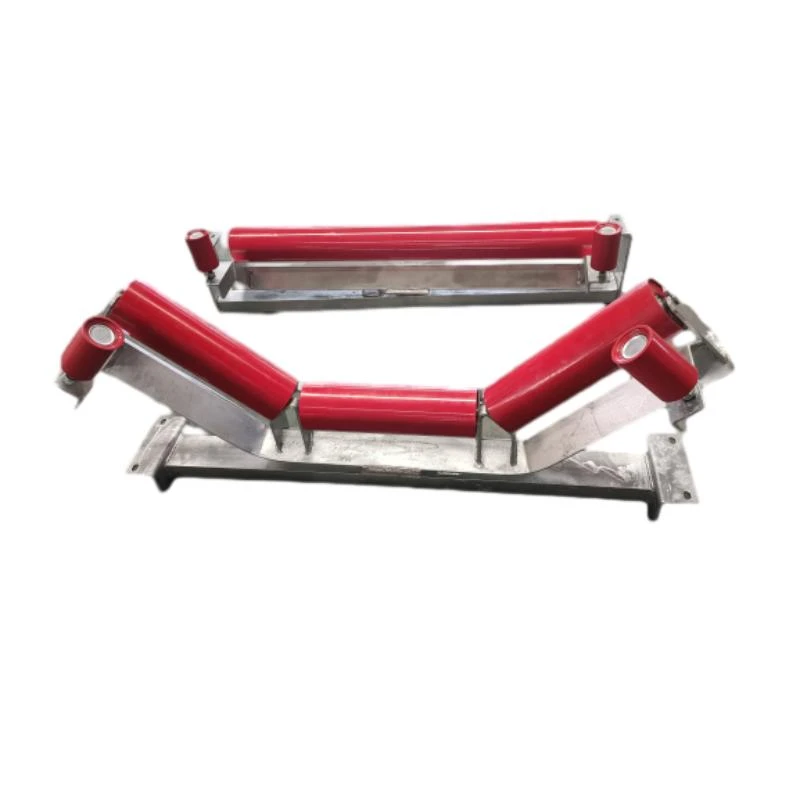 Afrikaans
Afrikaans  Albanian
Albanian  Amharic
Amharic  Arabic
Arabic  Armenian
Armenian  Azerbaijani
Azerbaijani  Basque
Basque  Belarusian
Belarusian  Bengali
Bengali  Bosnian
Bosnian  Bulgarian
Bulgarian  Catalan
Catalan  Cebuano
Cebuano  Corsican
Corsican  Croatian
Croatian  Czech
Czech  Danish
Danish  Dutch
Dutch  English
English  Esperanto
Esperanto  Estonian
Estonian  Finnish
Finnish  French
French  Frisian
Frisian  Galician
Galician  Georgian
Georgian  German
German  Greek
Greek  Gujarati
Gujarati  Haitian Creole
Haitian Creole  hausa
hausa  hawaiian
hawaiian  Hebrew
Hebrew  Hindi
Hindi  Miao
Miao  Hungarian
Hungarian  Icelandic
Icelandic  igbo
igbo  Indonesian
Indonesian  irish
irish  Italian
Italian  Japanese
Japanese  Javanese
Javanese  Kannada
Kannada  kazakh
kazakh  Khmer
Khmer  Rwandese
Rwandese  Korean
Korean  Kurdish
Kurdish  Kyrgyz
Kyrgyz  Lao
Lao  Latin
Latin  Latvian
Latvian  Lithuanian
Lithuanian  Luxembourgish
Luxembourgish  Macedonian
Macedonian  Malgashi
Malgashi  Malay
Malay  Malayalam
Malayalam  Maltese
Maltese  Maori
Maori  Marathi
Marathi  Mongolian
Mongolian  Myanmar
Myanmar  Nepali
Nepali  Norwegian
Norwegian  Norwegian
Norwegian  Occitan
Occitan  Pashto
Pashto  Persian
Persian  Polish
Polish  Portuguese
Portuguese  Punjabi
Punjabi  Romanian
Romanian  Russian
Russian  Samoan
Samoan  Scottish Gaelic
Scottish Gaelic  Serbian
Serbian  Sesotho
Sesotho  Shona
Shona  Sindhi
Sindhi  Sinhala
Sinhala  Slovak
Slovak  Slovenian
Slovenian  Somali
Somali  Spanish
Spanish  Sundanese
Sundanese  Swahili
Swahili  Swedish
Swedish  Tagalog
Tagalog  Tajik
Tajik  Tamil
Tamil  Tatar
Tatar  Telugu
Telugu  Thai
Thai  Turkish
Turkish  Turkmen
Turkmen  Ukrainian
Ukrainian  Urdu
Urdu  Uighur
Uighur  Uzbek
Uzbek  Vietnamese
Vietnamese  Welsh
Welsh  Bantu
Bantu  Yiddish
Yiddish  Yoruba
Yoruba  Zulu
Zulu components of belt conveyor system
Components of a Belt Conveyor System
Belt conveyors are vital systems in various industries, playing an essential role in the movement of materials across distances, both horizontally and vertically. Whether in mining, manufacturing, bulk handling, or distribution centers, understanding the components of a belt conveyor system is crucial for ensuring efficient operation and maintenance.
1. Belt
The belt is the most visible and integral part of the conveyor system. Typically made of fabric, rubber, or plastic, it serves as the means of transporting materials. The choice of belt material depends on the type of materials being transported as well as the working conditions. For instance, rubber belts are often used for heavy and bulk materials due to their durability, while plastic belts may be preferred for lighter or food-grade materials.
2. Drive Unit
The drive unit is responsible for powering the conveyor system. It includes an electric motor and a gearbox. The motor provides the necessary torque to move the belt, while the gearbox reduces the speed to a workable level suitable for the application. Variable speed drives are often employed to allow for adjustments in speed based on specific operational needs, enhancing flexibility in material handling.
Idlers are cylindrical structures that support the weight of the conveyor belt as it moves. They help maintain the belt’s shape and alignment, reducing the friction and wear on the belt. Depending on the conveyor design, there can be different types of idlers, including impact idlers, which cushion the load as it impacts the belt at loading points, and return idlers, which support the belt on its return journey. Proper selection and spacing of idlers are crucial for maintaining system efficiency and reducing energy consumption.
4. Conveyor Frame
components of belt conveyor system

The conveyor frame provides the structural support for the conveyor system. Typically constructed of steel or aluminum, the frame must be sturdy enough to withstand the loads being transported as well as the operational environment. Designs can vary widely from simple, flat structures to more complex frameworks that accommodate inclined conveyors or specialized material handling applications.
5. Pulley System
Pulleys are rotating components that facilitate the movement of the belt. At least two pulleys are usually included in a belt conveyor system a drive pulley, which is powered by the drive unit, and a tail pulley, which returns the belt. The design of the pulleys – including their diameter and material – plays a significant role in the efficiency of the system, influencing factors such as belt tension and wear.
6. Control Systems
Modern belt conveyors typically incorporate advanced control systems that enhance operational efficiency and safety. These systems can include sensors for monitoring speed, load, and belt alignment, as well as controls that allow for automated operation. Integration with broader factory automation systems is increasingly common, enabling real-time data collection and operational adjustments.
7. Safety Devices
Safety is a paramount concern in any conveyor system. Several safety devices can be integrated into the design, including emergency stop buttons, belt misalignment detectors, and overload sensors. These devices help mitigate risks associated with conveyor operation, ensuring the safety of personnel and equipment.
Conclusion
Understanding the components of a belt conveyor system is essential for optimizing performance and ensuring longevity. Each component plays a specific role in the overall functioning of the conveyor, and selecting the right materials and designs based on the application can lead to significant improvements in efficiency and productivity. Moreover, regular maintenance and safety checks can prolong the life of the system while ensuring a safe working environment. In industries reliant on efficient material handling, a well-integrated belt conveyor system is a cornerstone of operational success.
-
Revolutionizing Conveyor Reliability with Advanced Rubber Lagging PulleysNewsJul.22,2025
-
Powering Precision and Durability with Expert Manufacturers of Conveyor ComponentsNewsJul.22,2025
-
Optimizing Conveyor Systems with Advanced Conveyor AccessoriesNewsJul.22,2025
-
Maximize Conveyor Efficiency with Quality Conveyor Idler PulleysNewsJul.22,2025
-
Future-Proof Your Conveyor System with High-Performance Polyurethane RollerNewsJul.22,2025
-
Driving Efficiency Forward with Quality Idlers and RollersNewsJul.22,2025





























